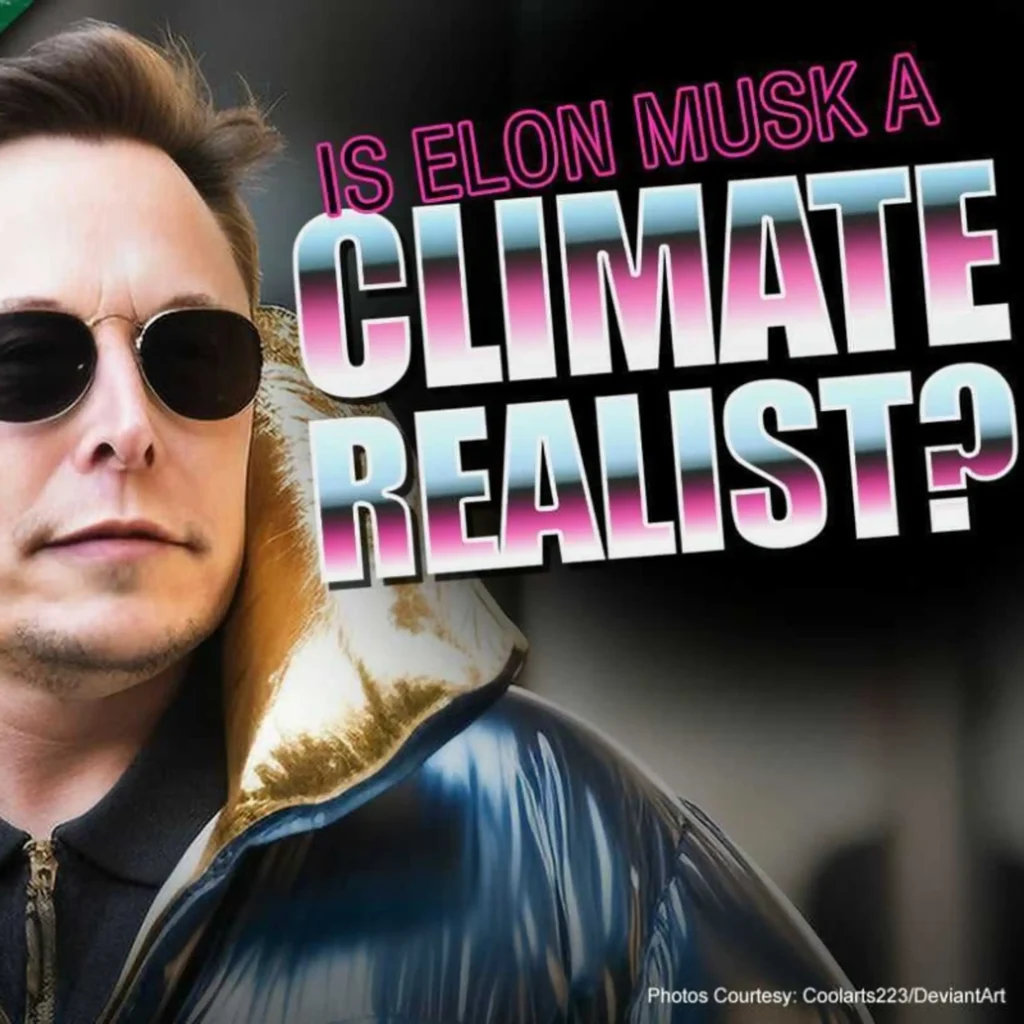If the Waxman-Markey cap-and-trade energy bill now in the Senate becomes law, we will have willingly created a situation where the United States experiences net job losses and at the same time exports “carbon leakage,” where domestic carbon dioxide reductions are more than offset by increases in emissions in another country.
That will hamper our economy while helping the economies of developing countries, some of which, such as China, are direct competitors.
And we will have done so in the hope of an environmentally inconsequential effect on the planet’s climate that we will fail to achieve.
Roundabout Revenue Grab
The initial figures coming from the Obama administration suggested that $646 billion in “revenue”—read: taxes—would be raised via its cap-and-trade proposal for the period 2012-2019, and that $150 billion of this would be dedicated to clean-energy research and development That means only 23 percent of the cap-and-trade tax money will go to alternative energy R&D.
Regardless of whether we use the administration’s figures, the Congressional Budget Office’s figures, or any other analysis to arrive at the total direct cost (the so-called “revenue”), we can assume 23 percent of the actual revenue will go to fund alternative energy R&D if President Barack Obama gets his way.
By his own administration’s measure, then, every dollar spent on alternative energy R&D will cost us $4.35 under the cap-and-trade plan. If we want to spend $15 billion or so per year on alternative energy R&D—a wholly worthwhile pursuit at some level of expenditure—wouldn’t we be better off directly burdening the U.S. economy to the tune of $15 billion per year than $81 billion per year?
Lifeline or Noose?
Is Obama’s cap-and-trade policy for controlling carbon dioxide emissions and saving the planet “from the ravages of climate change” (his words, certainly not mine), creating “green jobs,” and reconstituting America as the global epicenter of clean energy a lifeline or a noose? Before we decide, let us quickly review:
* We have credible evidence suggesting the president’s cap-and-trade policy won’t affect the global temperature in any amount distinguishable from natural climate variability, with or without the participation of China, India, and Brazil.
* We have the Obama administration itself telling Senate staffers the real direct cost of this policy is in the range of 1 to 4 percent of U.S. GDP every year.
* We have credible analyses suggesting we will lose one or more “dirty” jobs for every “green” job we create (no net gain, possibly worse).
* By the administration’s own figures, only 23 percent of the tax money raised via cap-and-trade will go toward alternative energy R&D.
Since cap-and-trade won’t fix “global warming,” will be very costly for a minuscule (if any) climate benefit, won’t be a net job creator for the United States, and is a poor means of funding alternative energy R&D, might there be something else going on here? The answer lies in the numbers.
If 23 percent of the tax money raised from Obama’s cap-and-trade policy is going toward alternative energy R&D, then 77 percent is going somewhere else. Where is all that money going? Most of it is going to two specific purposes.
Huge Bureaucracy
First, a significant portion of this 77 percent will come right off the top and be used to fund the new, gargantuan bureaucracy to administer carbon dioxide emission regulations and the cap-and-trade program itself.
During the debate over Lieberman-Warner-Boxer in the summer of 2008, it became obvious 40 or more new agencies, departments, or other edifices of government would have to be created to administer the program.
Carbon dioxide emission allowances have to be calculated, tracked, and enforced. The legislation would create an entirely new government commodities market in emission allowances out of thin air, and that would require regulation, monitoring, and other administrative efforts. These examples merely scratch the surface.
Wealth Redistribution
Second, as has become obvious over the past two months, the administration plans to use something on the order of 50 to 70 percent of the revenue raised from cap-and-trade to directly provide “middle class” tax cuts, much of them to people who are already essentially net tax consumers rather than net sources of tax revenue.
What’s really going on here isn’t about saving the planet, efficiently funding alternative energy R&D, creating green jobs, or helping America emerge from the current recession. What it is really about is using the Teflon shield of environmental apocalypse as one of many means to pay for Obama’s wealth redistribution agenda.
As an added benefit, neo-environmentalists love cap-and-trade because it puts the brakes on economic growth, redirects America away from consumerism, and shifts more power to the government. A “three-fer,” if you will.
Are we really in a position right now to impose a huge added cost on society, burden our economic recovery, drive more manufacturing jobs overseas, and pay for tax breaks for people who don’t pay taxes, all for something that is inconsequential to the planet’s climate?
Alan Bressler ([email protected]) is a policy advisor to The Heartland Institute and president of a corporation that deals with the environment and real estate.



